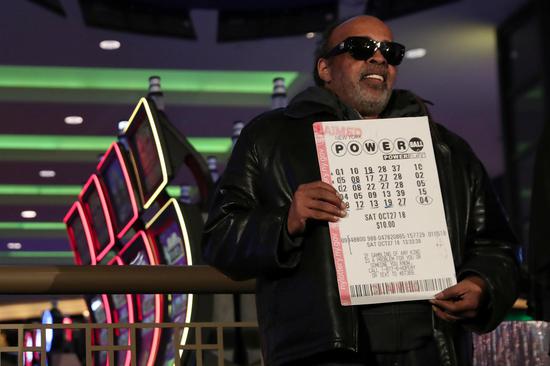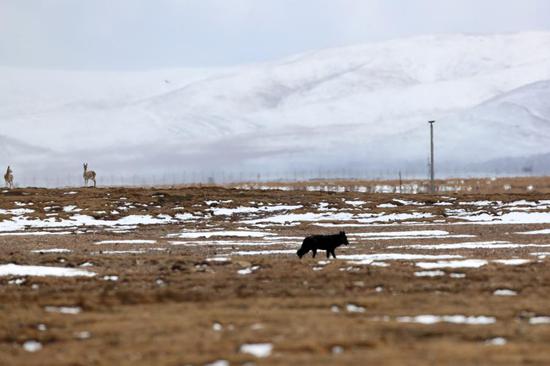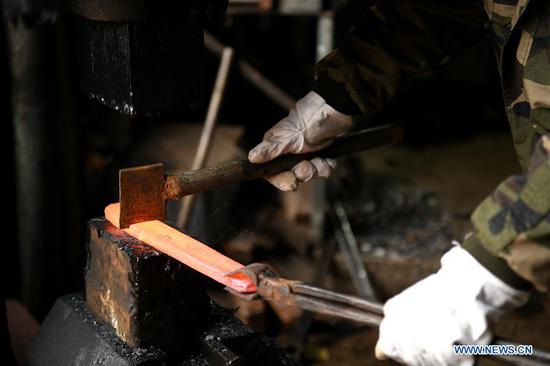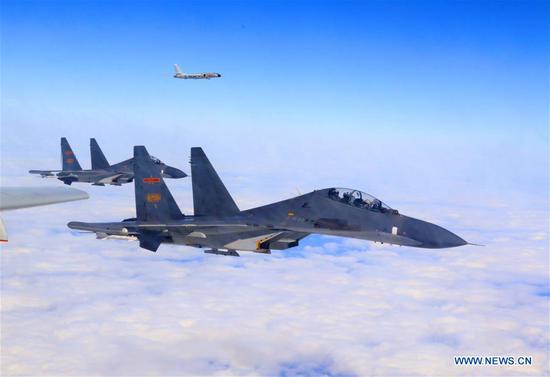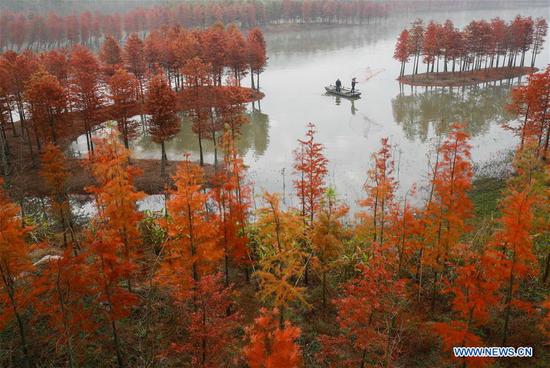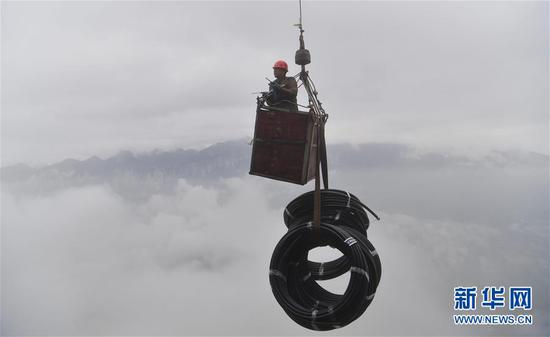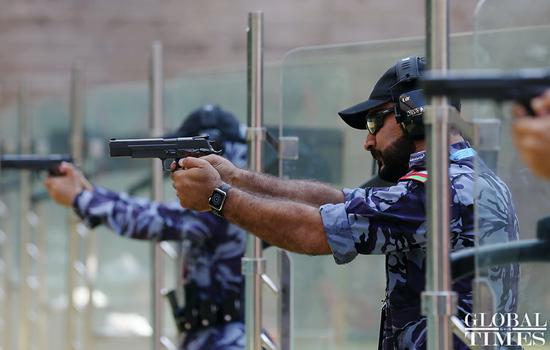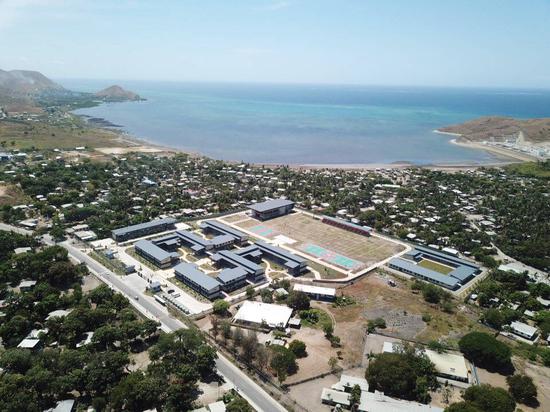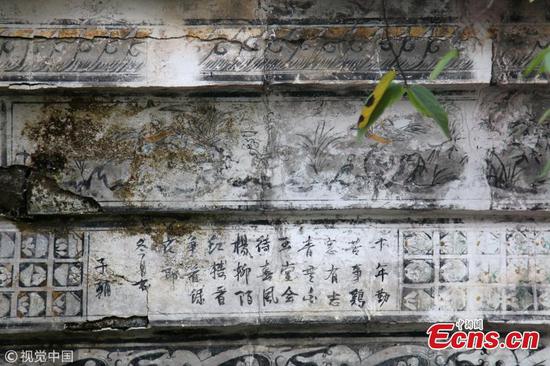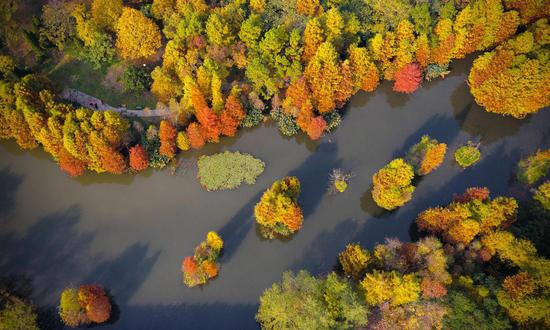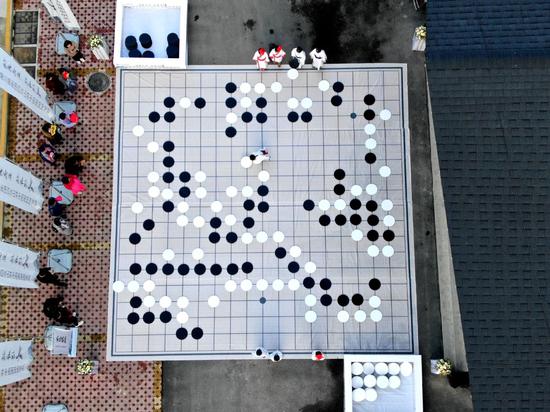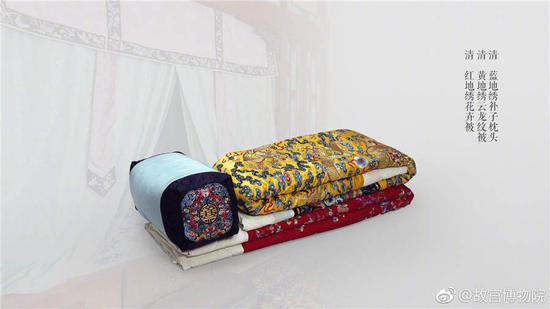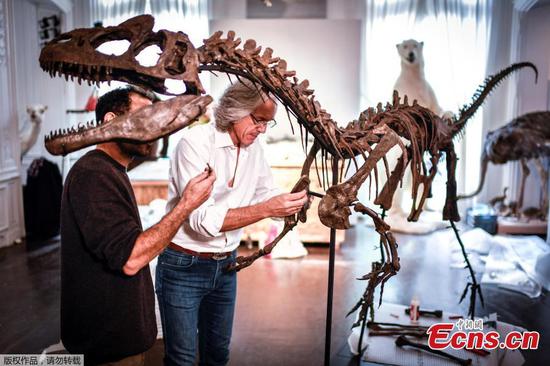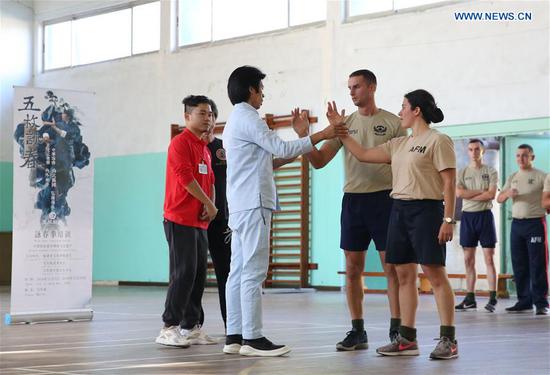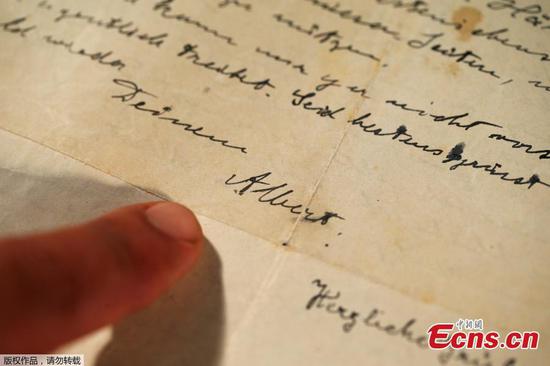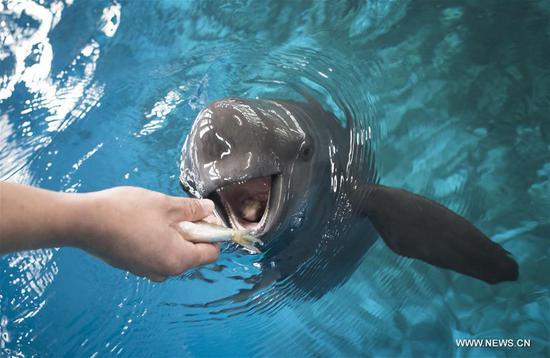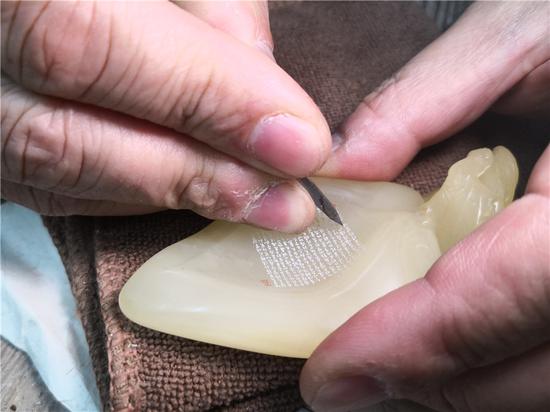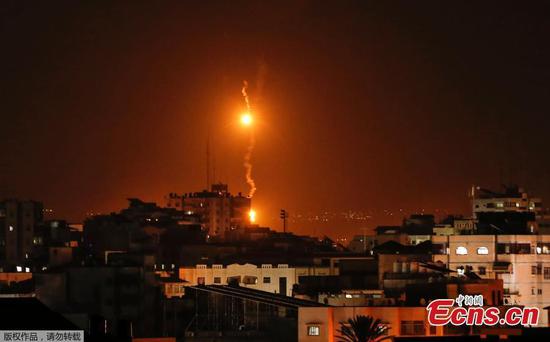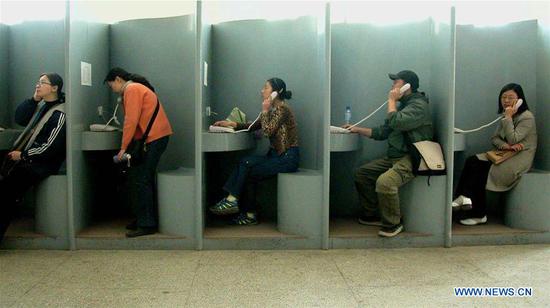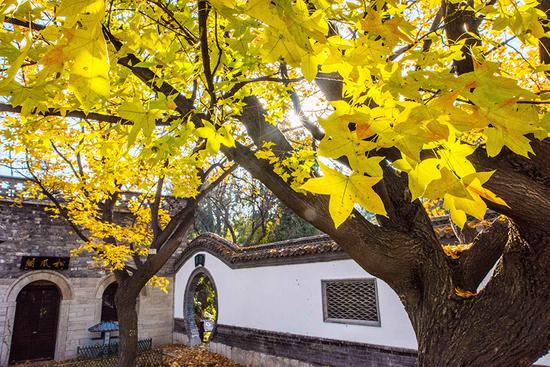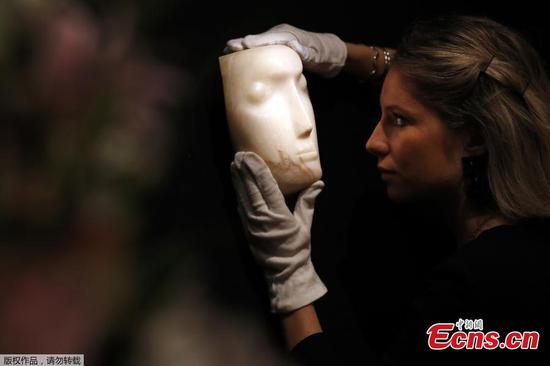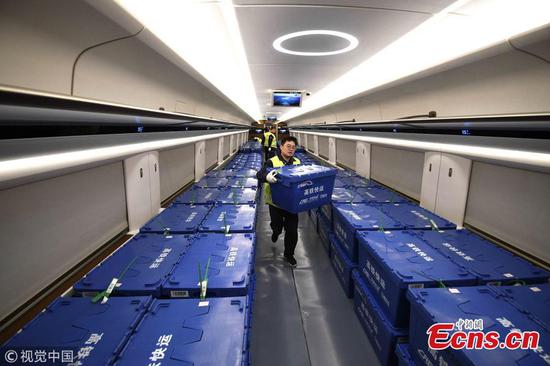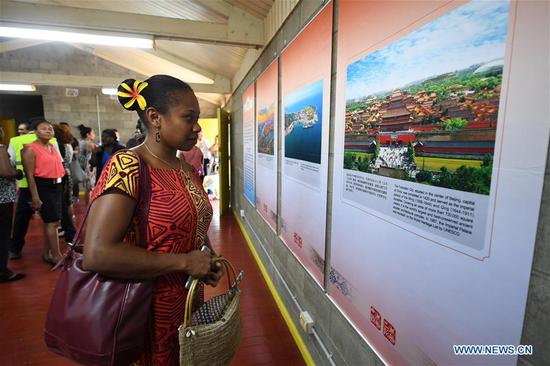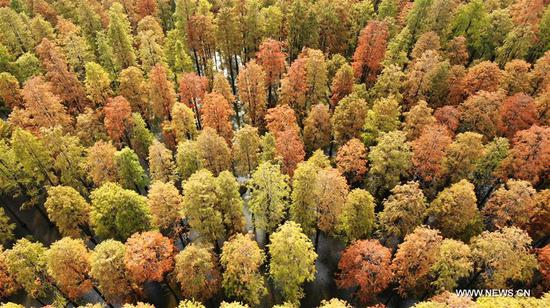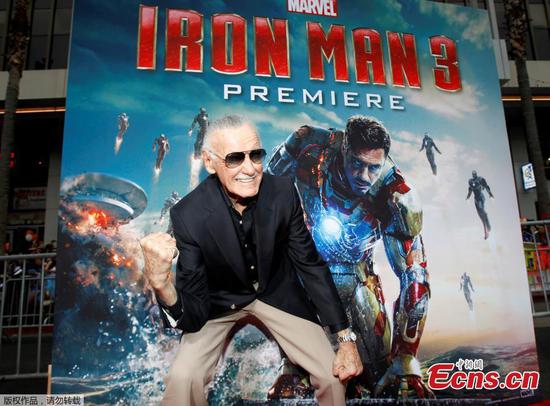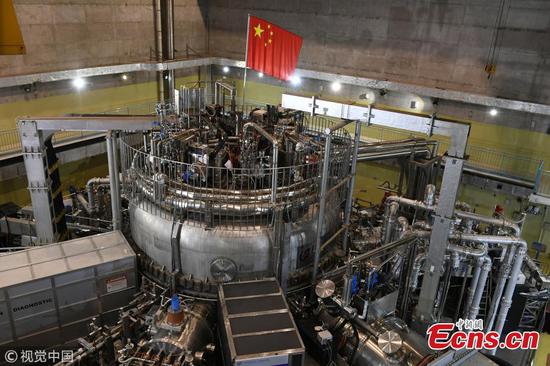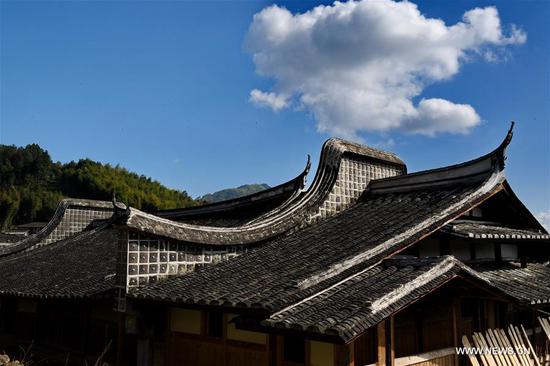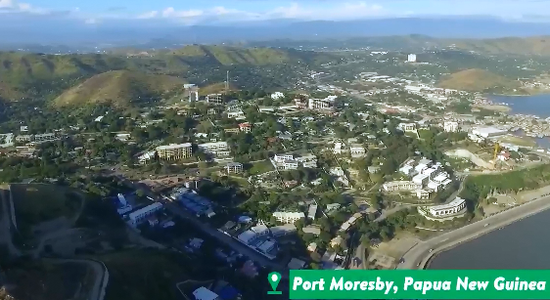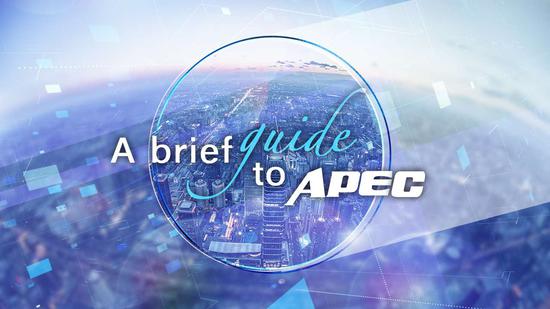
Leaders from the Asia-Pacific economies are gathering in Port Moresby, the capital of Papua New Guinea (PNG) for the Asia-Pacific Economic Cooperation (APEC) Economic Leaders' Week on November 12-18.
What is APEC?
APEC, Asia-Pacific's premier economic forum, was first broached by former Australian Prime Minister Bob Hawke in 1989 to effectively deal with growing interdependence of the region and the advent of regional trade blocs in other parts of the world.
Between 1989 and 1992, APEC met as an informal senior official- and ministerial-level dialogue. In 1993, former US President Bill Clinton established the practice of an annual APEC Economic Leaders' Meeting to provide greater strategic vision and direction for cooperation in the region.
Since then, one of the member economies plays host to APEC meetings and serves as the chair (this year: PNG), holding responsibility for chairing the annual Economic Leaders' Meeting, selected ministerial meetings and senior officials' meetings.

The bloc now has 21 members, aiming to boost regional prosperity by promoting balanced, inclusive, sustainable, innovative and secure growth and by accelerating economic integration.
APEC also has three observers: the ASEAN Secretariat, the Pacific Economic Cooperation Council, and the Pacific Islands Forum.
Why does it matter?
APEC's 21 member economies, home to around 2.9 billion people, represented 60 percent of global GDP and 39 percent of world trade in 2016. This makes APEC a dynamic engine of economic growth and one of the most important regional forums in the Asia-Pacific.
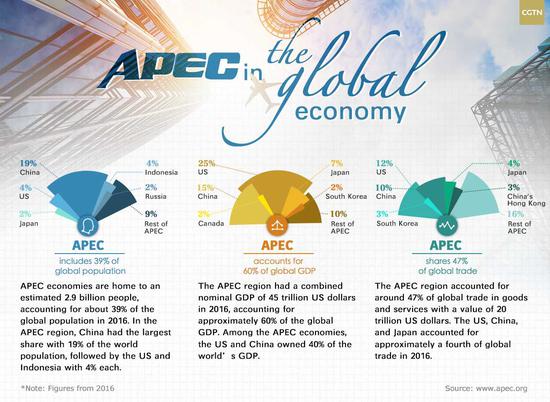
APEC is working on areas such as trade and investment liberalization, business facilitation, human security, and economic and technical cooperation, aiming to achieve sustainable growth and prosperity in the region.
Now intra-APEC trade accounted for almost 70 percent of exports and imports of APEC economies.
Bringing the region closer together, reducing trade barriers, and smoothing out differences in regulations have boosted trade which, in turn, has led to this dramatic increase in regional prosperity.
One more thing
While APEC is an organization centered around trade, economic policy and geo-political discussion, most people around the globe probably know it best for the famous colorful shirts.
At the end of the APEC Economic Leaders' Meeting, the leaders in attendance gather for what is officially known as the APEC Leaders' Family Photo, a long-standing tradition involving the attending leaders dressing in a costume that reflects the culture of the host member.
This year's shirt will be a "surprise" and "have traditional patterns and motifs" to promote PNG and its 21 different provinces, according to an official responsible for the event.









